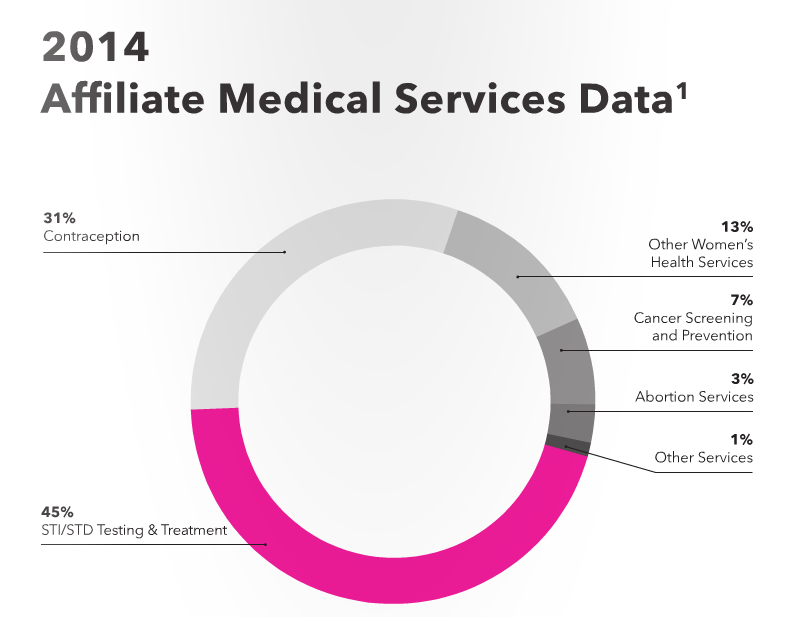Last Updated on October 21, 2024
by Richard Sagall, M.D.
Insurance is really a simple concept. But few people, and even fewer politicians, seem to understand how insurance works and why so many of the promises we hear are impossible.
Here are the basic concepts of insurance:
Number 1 – You Never Win with Insurance – You always lose with insurance. Think about what happens when you have health insurance.
Outcome 1 – You get sick, perhaps really sick, and you suffer while ill. You may experience long-term or even permanent disability from your illness. Or, in the worst case, you die. Your health insurance helps with the cost, but in any case, you suffer.
Outcome 2 – You spend a lot of money on premiums getting nothing in return. It’s true that you remain physically healthy, but, due to the high cost of health insurance, you may not be so financially healthy. So, you also suffer, just in a different way.
Number 2 – What You Really Get from Insurance – Or perhaps more accurately, what you should be getting from health insurance. What you are paying for with health insurance is a sense of comfort that you won’t experience severe financial hardship or go broke if you get sick or need health care.
 We know health insurance doesn’t buy good health because people with health insurance get sick and even die from their illnesses. It’s true that some health insurance programs pay for certain screening tests and even an annual physical. But neither guarantee good health.
We know health insurance doesn’t buy good health because people with health insurance get sick and even die from their illnesses. It’s true that some health insurance programs pay for certain screening tests and even an annual physical. But neither guarantee good health.
The fallacy is assuming health insurance does provide adequate coverage to prevent financial hardships. All too often it doesn’t. Half or more of middle-class bankruptcies are due directly to medical expenses. So much for buying financial security.
Number 3 – Affordable Health Insurance Provides Access to Health Care – Affordable health insurance and affordable access to health care are two completely different things. Sometimes there is an overlap, but all too often there isn’t.
Too many people can only afford a policy that covers catastrophic health problems. The policy may have a high deductible – the amount you have to spend before the policy provides any coverage. And then there may be high copays – your share of healthcare costs once insurance kicks in and pays something.
The insurance may help if you suffer a very expensive illness or injury and run a bill in the tens to hundreds of thousands of dollars. But it does little for the routine office visit or prescription you fill.
Number 4 – Insurance Companies Have Limited Sources of Income – Even though many insurance companies are multi-billion dollar enterprises, they have few sources of income – basically two.
Source 1 – Premiums. This is the income they collect from you and me and, in many cases, our employers. It also includes government subsidies for those who qualify under the Affordable Care Act (ACA) and other programs.
Source 2 – Investment Income. Insurance companies have a huge cash flow. Imagine all the money they collect in health premiums. What do they do with that money, also called the “float,” while waiting to pay your healthcare bills? They invest it in stocks, bonds, mortgages and other investments.
Source 3 – Claims Processing. Even though I said insurance companies have two sources of income, there is a third. Some insurance companies provide services to smaller insurance providers or self-insured companies. They provide all of the services needed to run the insurance program for them.
Number 5 – Insurance Companies Have Limited Expenses – Despite being huge multi-billion dollar companies, their expenses fall into only three categories.
Expense 1 – Benefits. This includes your doctor bills, hospital bills, medication costs, ambulance rides and other health-related costs that your insurance covers. It’s to their benefit to keep costs down and they do this in numerous ways. One is to discourage you from incurring any medical expenses. They may have high deductibles and copays requiring you to spend a lot before insurance kicks in. They may pay for preventative measures designed to keep you healthy. And they may negotiate discounts from physicians, pharmacies, hospitals and other providers of health-related services.
Expense 2 – Administration. This is the cost of running the company, processing and paying claims, payroll, taxes, advertising, etc. Operating costs are generally estimated to consume around 20% of premium costs. (By means of comparison, the operating costs for Medicare are around 2-4%.)
Expense 3 – Net Margin. This is another word for “profit.” This is what the investors are really concerned about – how much they make for their investment. Some insurance companies are non-profits and, at least in theory, there are no investors who reap the benefit if there’s a profit.
Where Your Premium Dollar Goes
Prescriptions – 22%
Physician Services – 21%
Outpatient Services – 20%
Inpatient Services – 16%
Operating Costs – 18%
Net Margin – 3%
Number 6 – It All Balances Out – All the numbers have to work out – income has to cover all the expenses – or the insurance company sustains a loss. And that’s a situation that can’t last very long. How do insurance companies deal with a loss – increase income (read as “increase premiums”) or cut expenses (usually meaning “pass more costs to the insured”)? Nearly 80% of expenses are benefits so that’s where savings can be the biggest.
Number 7 – There’s No Such Thing as a Free Lunch. It’s All a Matter of Cost Shifting – Anyone who shows up at the emergency department has to, by law, be seen and treated. This is true even if the person has no insurance and no way of paying the bill. How does the hospital recoup the cost of this “charity care?” By passing the cost on to the paying patients which, in many cases, means passing it on to the insurance company. The other option is the hospital runs in the red. And that can’t last too long before it has to close.
So, hospital charity care is really forcing you and all the other patients to be charitable and pay for the free care.
Number 8 – Cutting Down on Risk – Another way for insurance companies to cut expenses is to cover more healthy people and cover fewer sick people.
Option 1 – Cover More Healthy People – That’s one of the core features of ACA – require everyone, even those at low risk of using it, to purchase health insurance. The healthy people don’t cost as much as the pay in premiums. This “surplus” helps cover the costs of the sicker people.
Option 2 – Cover Fewer Sick People – Another core feature of ACA is no pre-existing condition exclusion or increased rate. This means sick people (read “more costly to insure”) don’t pay more for insurance because their higher costs are being covered by the healthier people.
Conclusion – When looked at this way, health insurance is quite simple. The fair solution is fairly straightforward:
Step 1 – Require everyone to buy health insurance. Remember, those of you who are healthy now, you are only one auto accident or illness away from becoming a person with an expensive pre-existing condition.
Step 2 – Lower costs by adopting a Medicare-for-all approach. Medicare must be doing something right if administrative costs are only 2-4% of costs.
Step 3 – Everyone should work on adopting a healthier lifestyle to lessen illness and injury – the real drivers of healthcare costs.
 Richard J. Sagall, MD, is the president and co-founder of NeedyMeds. He spent 25 years practicing family and occupational medicine. He now devotes his time to NeedyMeds and Pediatrics for Parents (www.pedsforparents.com), a children’s health newsletter.
Richard J. Sagall, MD, is the president and co-founder of NeedyMeds. He spent 25 years practicing family and occupational medicine. He now devotes his time to NeedyMeds and Pediatrics for Parents (www.pedsforparents.com), a children’s health newsletter.




